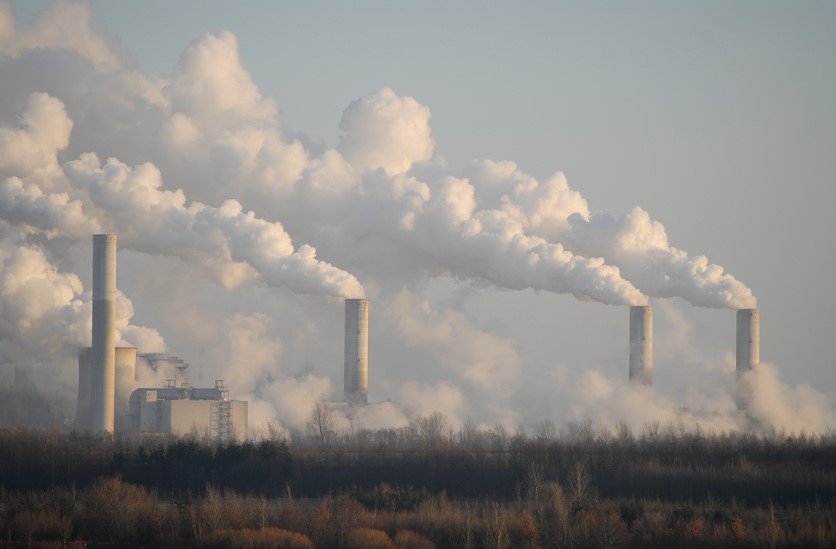Controlling Industrial Air Pollution Using a Dynamic Wet Scrubber

When it comes to air pollution control, a scrubber is often referred to as a device that aids in the removal of dust particles and filth from the surrounding environment. Generally speaking, it is referred to as a pollution control device or a cleaner, and it is used in the manufacturing business to clean a variety of different products. It helps to purify the air by removing hazardous particles from it and cleaning the general atmosphere. In the course of their daily operations, companies tend to produce dangerous particles and gases into the atmosphere. Scrubbers, on the other hand, maybe employed effectively to remove or neutralize such harmful particles and keep the environment clean.
An air pollution control device that uses a wet scrubber to remove certain pollutants from the air is frequently used in the field of air pollution control.
The Fundamentals of an Industrial Scrubber: An Overview
An industrial scrubber, also known as a dynamic wet scrubber, is another word used to refer to an air pollution management device that removes pollutants from the air (APCD). There are numerous producers in a variety of industries who use this phrase interchangeably with either dry airstream scrubbers or wet scrubbers.
Dynamic scrubbers are a type of wet scrubber that is further subdivided. An industrial scrubber is a highly efficient machine that contributes to the improvement of the quality of the air we breathe and the environment in which we live. In industrial and commercial settings, these machines are most frequently found in operation. The presence of flammable dust, hot gases, oil mist, particulate matter (PM), chemical substance emissions, and volatile organic compounds (VOCs) has a significant impact on the quality of the air. All of these compounds are commonly encountered as by-products of production processes in industries and commercial sectors throughout the world. As a result, industrial scrubbers are used in these industries to remove the particulate matter that is frequently found in various forms and to properly clean the environment of contaminants.
In what ways does the APCD design and process differ from other approaches?
A dynamic wet scrubber is an adaptation of the clean, natural air cleaning mechanism that exists in our environment. When the process air stream is extremely hot, the APCD wet scrubber is incredibly simple and convenient to use.
The design of an APCD is completely dependent on the nature of the air pollutants that are being dealt with in the process. The size and properties of the dust particles in the input gas are of primary concern. The adaptability of the scrubbers allows for the construction of a variety of configurations that provide good contact between polluting gas streams and the collection of particulate matter and other items in the air.
Wet scrubbers are quite popular because of their many advantages. They are excellent absorbers and have the ability to produce high removal efficiencies for both small and large particles. Advantages When compared to electrostatic precipitators (ESPs) and fabric filters, dynamic wet scrubbers have several advantages, including the following:
They are capable of neutralizing very corrosive gases.
- The flue gases are cooled during the combustion process. As a result, the equipment is more compact in size.
- Wet scrubbers have the ability to handle applications involving high moisture and temperature levels.
- They have the ability to remove both particulate matter and gases from an environment or an industrial system using a single unit of equipment.
Indeed, air pollution control devices and systems have a large capacity for removing particles and gases from industrial exhaust systems, and they may be used to test the effectiveness and performance of your instruments in order to enhance them.






